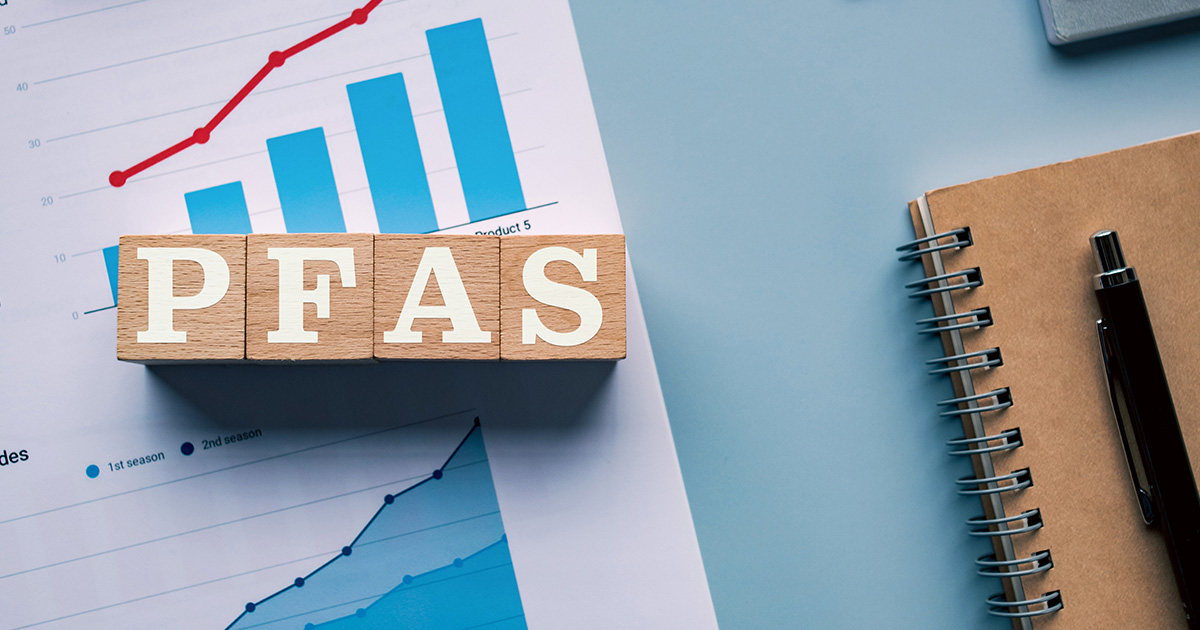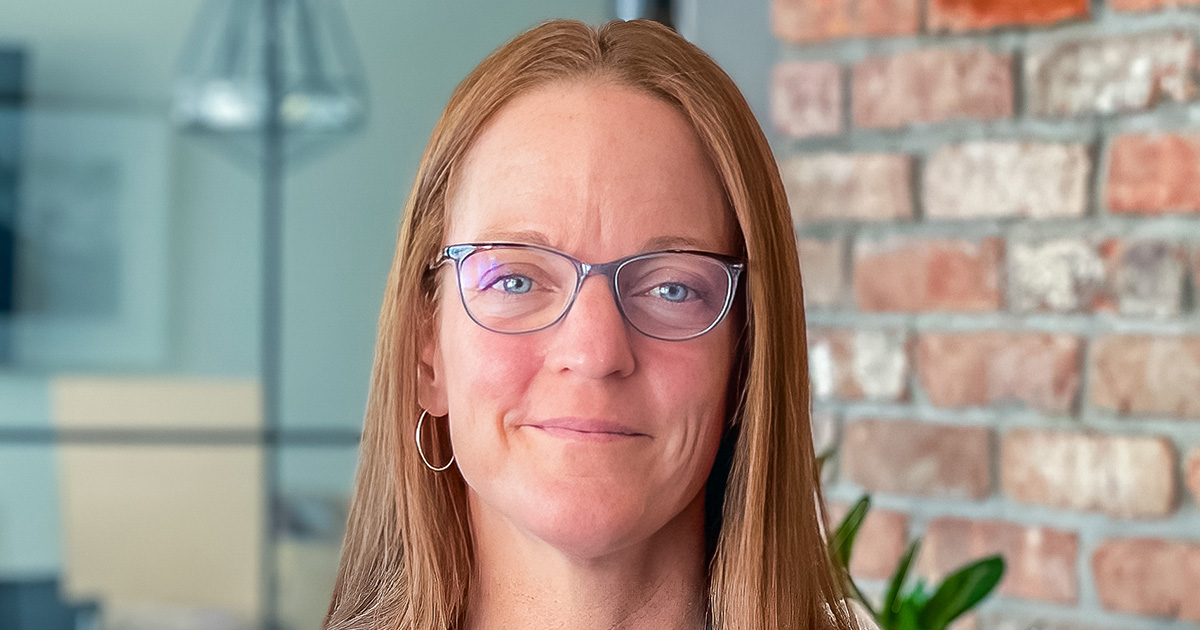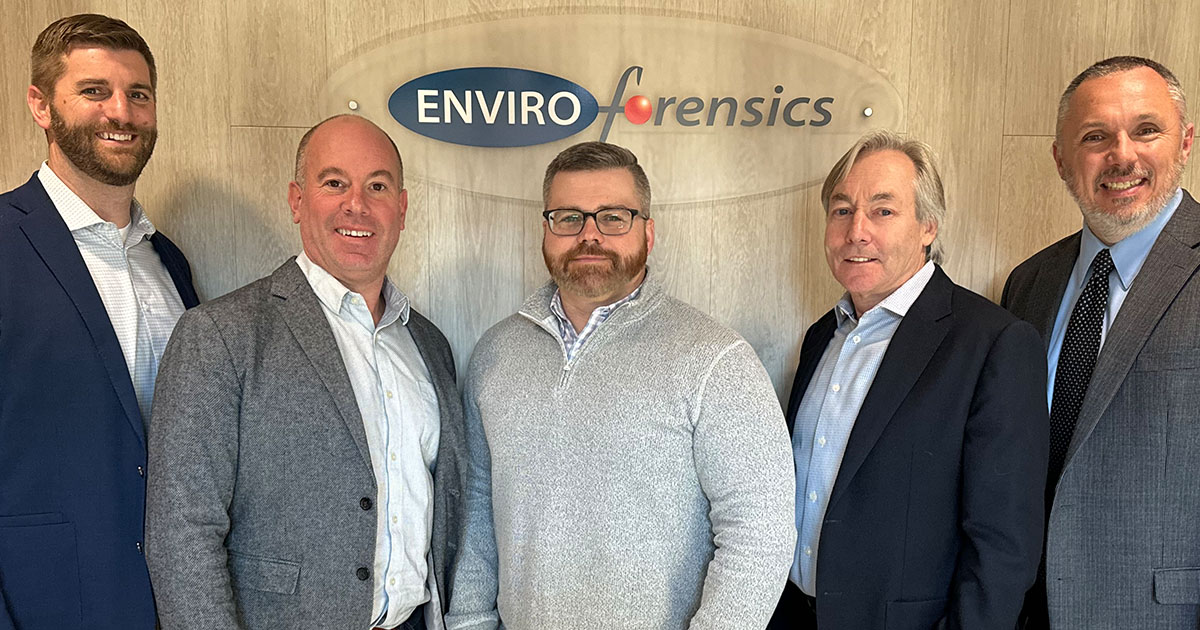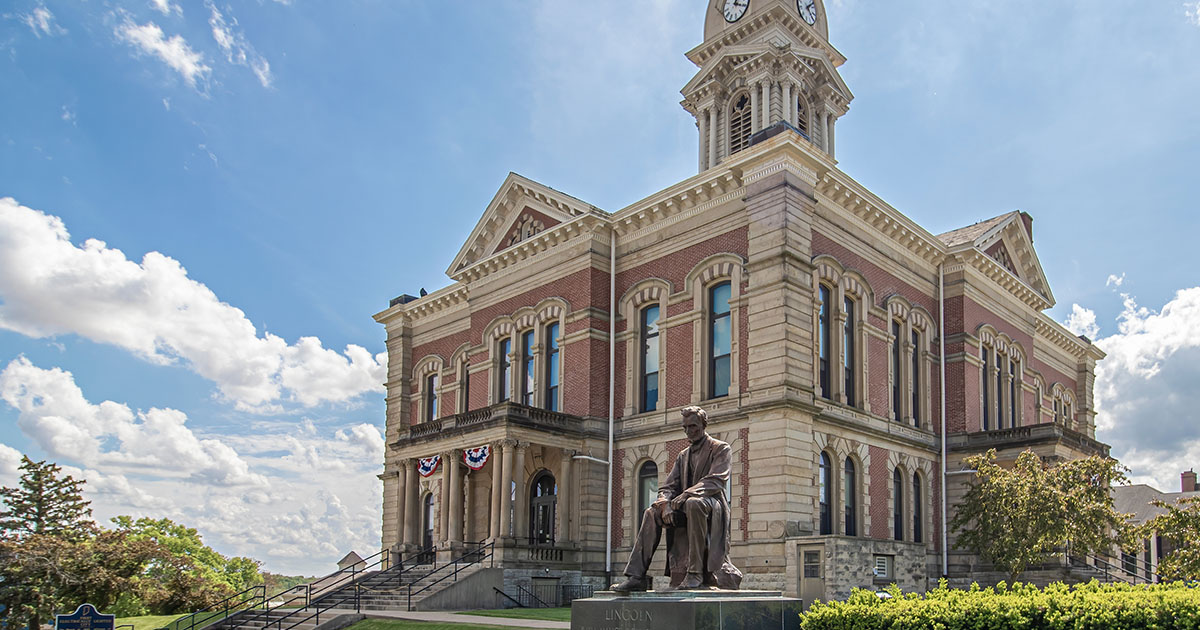Can you afford not to go green?
Written by Steve Henshaw, President and CEO of EnviroForensics in collaboration with John Soderberg, PE, Esq. As seen in the September 2012 issue of the Cleaner and Launderer.
Nowadays everyone in business wants to be considered environmentally “friendly” or “green.” The retail dry cleaning industry is no exception. In fact, given the ecological concern over perchloroethylene or “PERC”, actual or perceived, the retail dry cleaning trade has been at the forefront of the green movement. However, there is another aspect of an environmentally friendly operation that most cleaners do not recognize, namely, that reducing consumption reduces costs.
The primary reason the trade participates in environmental conservation is because it is part of being a good corporate citizen. Hence, most retail cleaners are only remotely aware of the potentially positive economic impact “going green” may have, independent of its positive public relations impact. The purpose of this article is to explore that aspect as well as provide a simple method of prioritizing potentially available “environmentally friendly” or “going green” activities.
Going Green
At the outset, it is necessary to first define the term “going green.” To “go green” means to reduce, either directly or indirectly, the amount of energy and other environmental resources consumed. An important aspect of this reduction effort is often described as reducing the “carbon footprint.” The term “carbon footprint” refers to the amount of carbon dioxide (CO2) we emit individually in any given period.
CO2 is produced from many sources and is one of the primary gases responsible for global warming. In fact, it is a major component of what we exhale every time we exhale! It is produced in much greater quantities by burning, coal, oil, or gas to propel a car or truck, produce electricity, or produce heat and hot water. It is an integral, albeit often overlooked, part of our everyday lives. The mitigation of carbon footprints through solar, wind energy, or less fuel usage by utilizing more efficient fuel combustion or better insulation is one way of reducing a carbon footprint and is often known as carbon offsetting.
One can “go green” indirectly and directly. It can be done indirectly by purchasing recycled products and recycling in general. The less new materials used, the less energy required to produce them and the less carbon-based fuel consumed. It is done directly, by consuming less water and employing more efficient energy consumption devices.
As an individual consumer, whether by lowering your thermostat or unplugging seldom-used appliances, chances are you have already scaled scale back on energy use. You are probably also one of the many consumers who have Energy Star-qualifying products. Last year, one in three people reported using the label as part of a purchase decision. According to the Department of Energy, if you bought an Energy Star-qualified commercial dishwasher, you saved an estimated $200 per year. Those who took home an Energy Star refrigerator can look forward to a 15% less expensive monthly electricity bill. Isn’t it high time you evaluate whether or not, as a business, you should be doing this as well.
The Profit Aspect of Going Green
Profit equals total income less total cost. Hence, there are two basic ways to increase profits. First, is to increase prices and the second is to reduce costs.
This latter aspect is where “Green meet$ Green”. Obviously, the more efficient a gas or oil burner, the better insulated a building and the less water used, all relate to lower utility bills. The lower the bills, the lower the costs and the higher profits become.
First, there are no-cost steps one may take immediately to reduce resource consumption. Purchasing new lavatory facilities solely to reduce water consumption may not be a cost-effective step. However, simply putting a brick in the toilet tank to reduce annual water usage is an easy, highly effective, and uncomplicated step that can result in a significantly lower water bills. Similarly, posting a “don’t forget to turn off the lights” sticker conspicuously above light switches can also have a significant impact at virtually no effort or expense. Some of you probably remember that during the Carter Administration we were inundated with public service announcements to turn down our thermostats during the winter, to wear a sweater and to turn off the lights. Today, we have to constantly remind our kids to do just that.
There are also other, relatively inexpensive steps such as using recyclable hangers and poly bags, and reusable garment and laundry bags, that can go a long way toward not only carbon footprint reduction but also in increasing profit both directly as well by producing a more positive public perception. Another often over looked and cost-free option is the no-cost energy assessments offered by many local gas and/or electric utility companies.
Next, is the “simple payback” concept. This comes into play when the need to replace a piece of equipment arises. Often two or more replacement choices are available. One choice is classically less expensive than the other. However, the more costly option is often more energy efficient. When deciding which option to choose you will be aided in many instances by the Energy Efficiency Ratio or EER for electrical appliances. If such companies are not offering you a choice, it may be because they are trying to get rid of their stock of old, less energy efficient equipment.
For example, an air conditioner has an energy efficiency rating that lists how many BTU’s per hour are used for each Watt of power it draws. For room air conditioners, this rating is the Energy Efficiency Ratio, or EER. These ratings are posted on an Energy Guide Label, which must be attached on a visible place on all new air conditioners.
Once you ascertain your average electrical usage cost in dollars per kilowatt, which is readily available from your electric bill (or, if not, by simply calling and asking your local utility) a payback comparison between two comparable appliances such as air conditioners you are ready to begin. First estimate the number of hours you plan to use the air conditioner over the year. By multiplying the hours of usage per year by the air conditioner’s BTU per hour rating on its face plate you will obtain the BTU per year required to run the unit.
Next, divide the BTU per year by the EER, and multiply that by the electrical cost per watt. Dividing this by 1,000 provides the cost per kilowatt. This figure is the yearly cost to operate the unit. Dividing each of the two unit costs by their respective annual energy costs, yields their respective paybacks.
This procedure can be used to not only select between two or more similar products, but also to prioritize replacement of different initiatives. For example, let us compare the need for new insulation with that for a new water heater. Both are deemed necessary but not immediately so. The task is to choose the more cost effective action first.
Assume that the insulation will require a total capital outlay of $5,000 and, after application will result in a $500 a year energy bill. It has a payback of $5,000 / $500 per year. Put another way, the improvement will pay for itself in 10 years at the current utility rate. In contrast, a new water heater will cost $2,400 and result in a $120 energy costs. This results in a payback of $2,400 / $120 per year, a payback of 20 years. Clearly, the insulation replacement should be accomplished first if at all possible.
Summary and Conclusions
Obviously, in these economic times being green is desirable from a customer relations standpoint. However, it can also mean a more profitable operation by reducing costs. The key to successful economic “green” is payback. The shorter the payback period is the better choice. Utilizing simple arithmetic, the guesswork can be eliminated from the decision of what to purchase first.
We have experience and knowledge to assist you in your green evaluations. Please feel to contact us for help.
1 Mr. Soderberg is both an environmental attorney and environmental engineer with over 36 years experience in the environmental field. Mr. Soderberg represents corporations, businesses and individuals before federal, state and local environmental regulatory agencies, as well as federal and state courts. He is a committee member of the nationally-based Green Cleaners Council.
With 30+ years of experience, Mr. Henshaw holds professional geology registrations in numerous states. As President and CEO of EnviroForensics, Mr. Henshaw serves as a client and technical manager on projects associated with site characterization, remedial design, remedial implementation and operation, litigation support and insurance coverage matters. He has acted as Project Manager or Client Manager on several hundred projects, involving dry cleaners, manufacturers, landfills, refineries, foundries, metal plating shops, food processors, wood treating facilities, chemical blenders, and transportation facilities.
Mr. Henshaw has built a leading edge environmental engineering company that specializes in finding the funding to pay for environmental liabilities. By combining responsible party searches with insurance archeology investigations, EnviroForensics has been successful at remediating and closing sites for property owners and small business owners across the country, with minimal capital outlay from clients.
He is a regular contributing writer for several dry cleaning trade publications on environmental and regulatory issues and remains active with dry cleaning associations by providing insight on changes in law and policy



